UNDERGROUND ECONOMY (UE) STRATEGY
In the summer of 2018, CRA released a report detailing their underground economy strategy for the 2018 through 2021 years.
Strategy
CRA’s updated strategy focuses on three themes:
Social acceptability and engaged citizenship
CRA noted that many taxpayers are still unaware of the negative impacts associated with the UE. As taxpayers become aware of its negative impacts, they should, over time, be less inclined to participate in it and find it less socially acceptable. This prong focuses on raising awareness.
Leveraging third party data and information
CRA will continue to use legislated authorities to obtain third party information to identify taxpayers suspected of non-compliance. It will also maintain and enhance co-operative work with other government partners and stakeholders to strengthen its ability to detect and deter non-compliance through the sharing of information. See VTN 447(9) for some recent examples.
New business models and transacting in the digital age
CRA intends to monitor emerging platforms and new business models, with a special focus on the sharing economyand digital currencies. These are areas that may offer opportunities to avoid a full reporting of economic activities. CRA will increase its online resources and engage with Canadians on this topic to help those who want to become compliant with their tax obligations while frustrating deliberate efforts to avoid compliance.
Prevalence of the UE
CRA has been collaborating with Statistics Canada since 2009 to estimate the size and nature of UE. Statistics Canada estimates that UE activity for 2013 totalled $45.6 billion in Canada. In 2013, three industries accounted for more than half of the total UE: residential construction (27.8%), retail trade (12.5%), and accommodation and food services (11.7%).
Recent CRA activity
In the previous iteration of the UE strategy, CRA deployed a range of compliance/enforcement initiatives. For example, teams of UE audit specialists were created, and the use of indirect verification of income tests was expanded. This approach was successful, so much so that the initial 20 teams were expanded to 35, and the 2017 Federal Budget earmarked additional funding.
For further information see Video Tax News Monthly Tax Update Newsletter, Issue No. 450.
